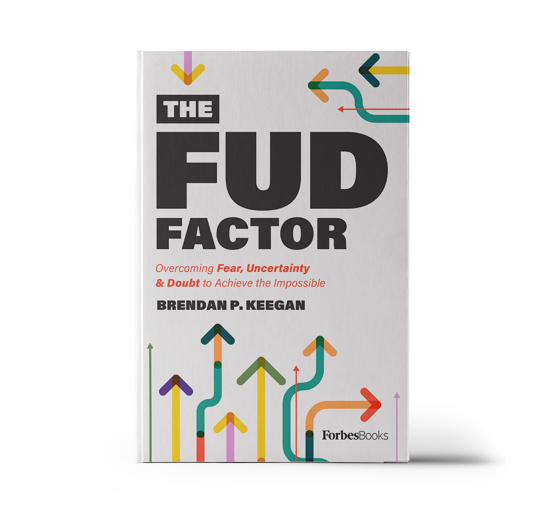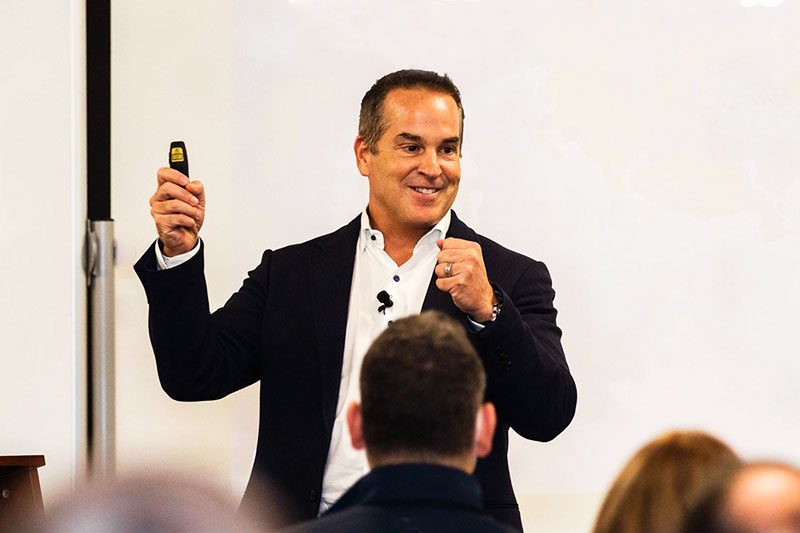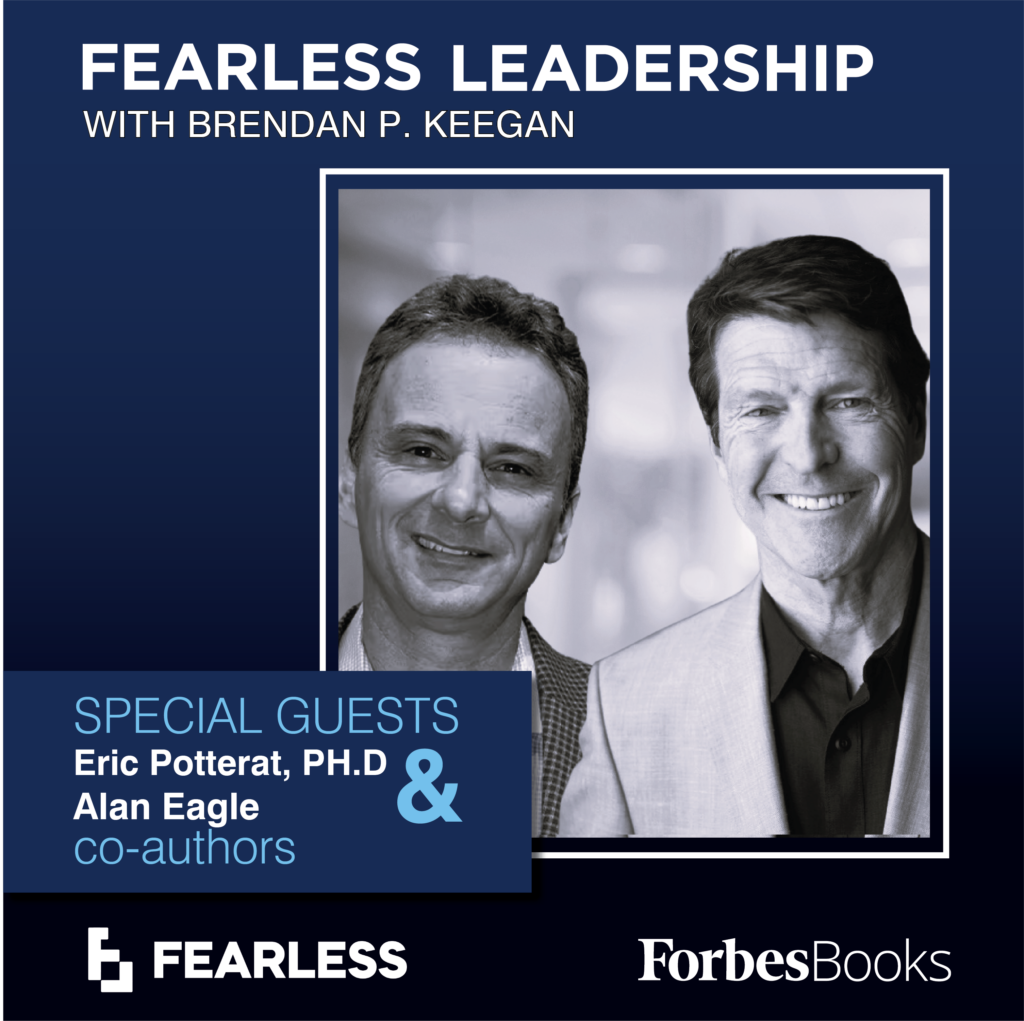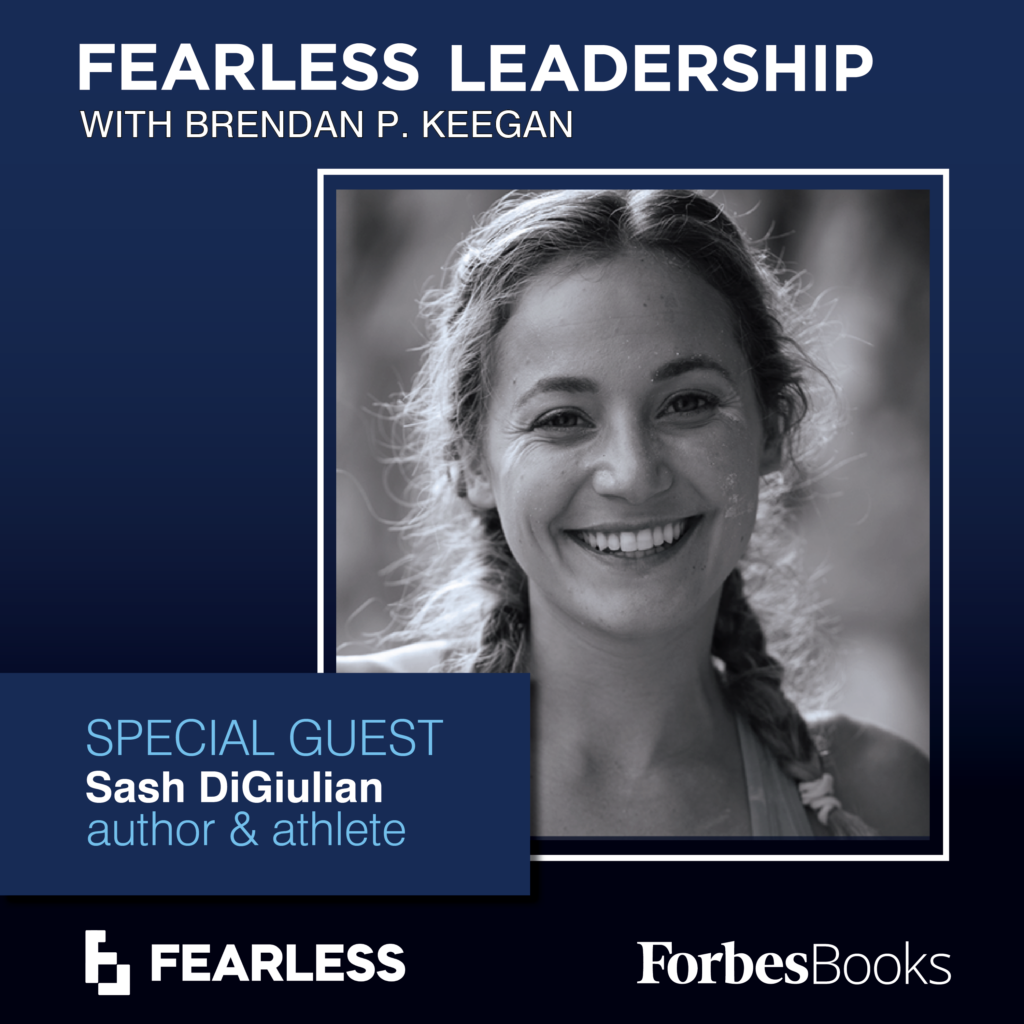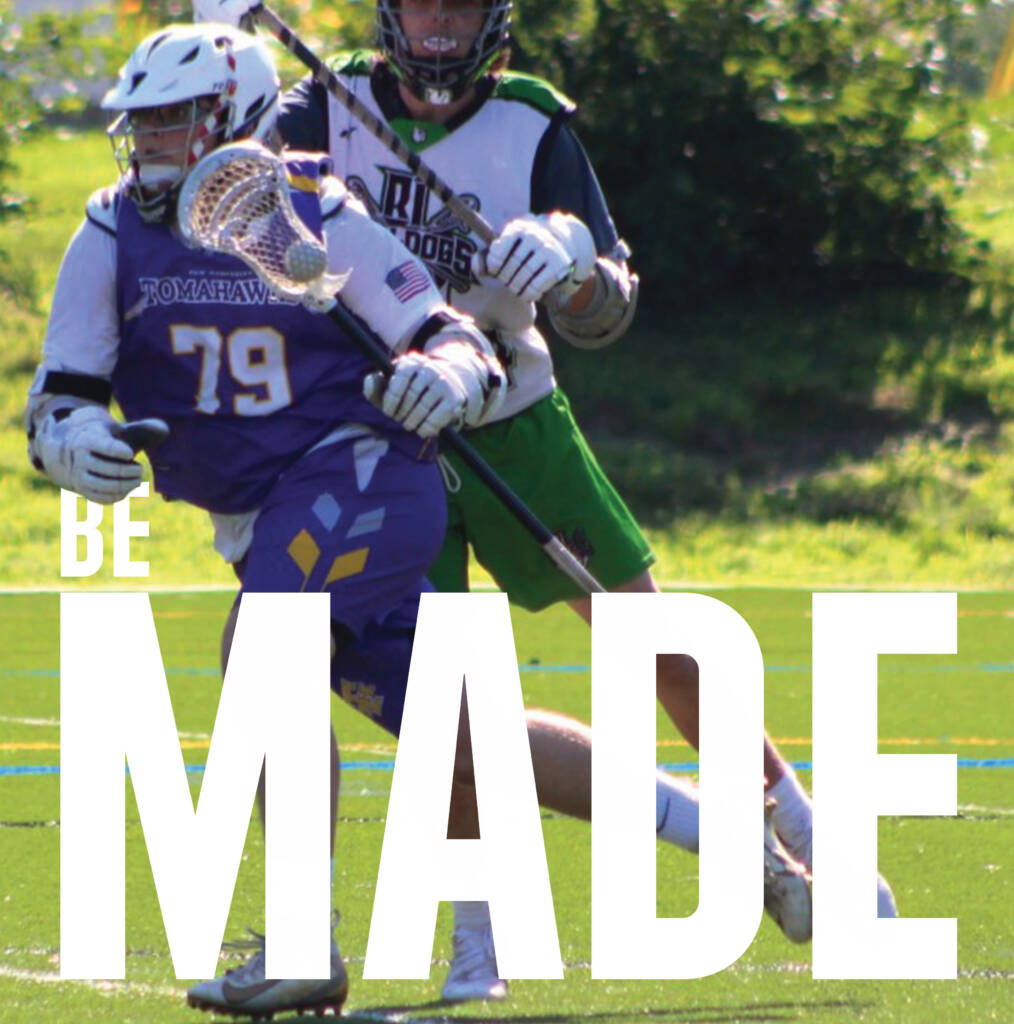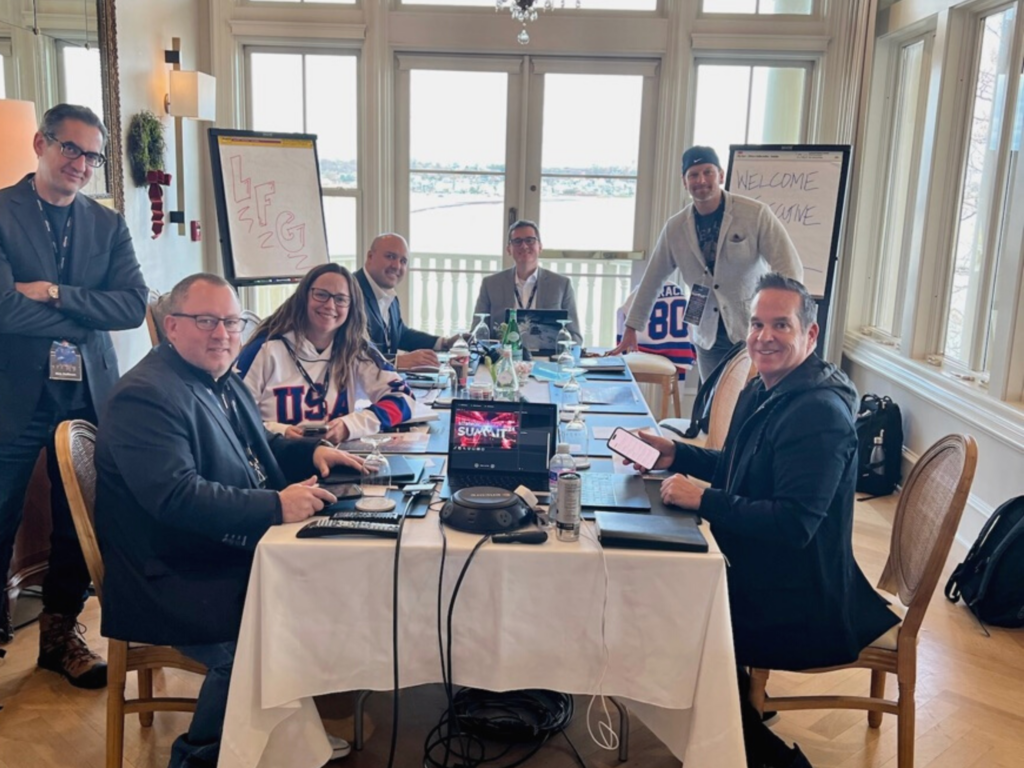Leaders are MADE they are not born. Anyone at any age and at any time in their life can make the decision to become a leader. Over the years there have been many theories on leadership and these divergent theories have often times confused people i.e. The Great Man Theory of the 1800’s, the Trait Theory of the 1920’s, the Behavioral Theory of the 1940s, the Contingency Theory of the 1960s, the Transactional Theory of the 1980s, and the current Transformational Theories of the 2000s, and beyond. Most of these theories were introduced to the world by academics who spent years, decades and sometimes their entire careers studying people in leadership roles and how they got there.
For instance, the Trait Theory was based on being born with or without leadership traits. This theory was developed during the 1920s and took root in the 1930s, when virtually every business was a family-owned enterprise. Surprisingly, a high percentage of the leaders in these family-owned businesses were family members. Sure, they all started on the “shop-floor” and worked their way up, but they were pretty much guaranteed a leadership role as most were reserved for family members. Heck, even the least competent was given a role, and often with no expectations of any value in return. So, when the academics did their selection, testing, and studying, low and behold they identified that leadership was based on innate traits because that is what the subject matter presented. Trust me academics got this wrong, I have seen this first hand, and individual family members may hold leadership titles but that does not mean they are leaders in fact.
The Behavioral Theories of the 1940s and ‘50s began to look at how leaders interacted with people vs. tasks. These theories were really the early advent of management vs. leadership. The Contingency theories of the 1960s focused on different leadership styles depending on the situation. Situational Leadership was developed by two academics known as Hersey & Blanchard and they developed the four-stage model known as Selling, Telling, Participating & Delegating. (Ken Blanchard is perhaps best known for being the author of “the One Minute Manager.”) Moving in to the 1970s and 80s, the Transactional theories came into play. They were based on a mutual exchange between the leader and the follower, fundamentally a transaction. The theory’s basis is one of rewards and consequences: do well and something positive will happen; don’t do so well and something neutral or negative will happen.
Then in the late 1990s and to this day, leadership theories turned the corner and became known as Transformational Theories. Here we started to see intrinsic and extrinsic rewards, leadership based on alignment and discussions about environmental factors. Think of all the transformational talk and actions around us: start-up billionaires by age 30, movie-stars becoming governors & presidents, high-school graduates running Fortune 500 companies, kids of poor economic upbringings becoming uber-wealthy, and all genders and races having great opportunity to achieve what they want to achieve. Granted, we still have more work to do.
Fearless Leadership is perhaps the greatest of all the transformational theories. Fearless Leadership believes you can achieve what you want to achieve, but it goes a step further and provides you with the eight attributes to develop transformational leadership for those around you in the face of fear, uncertainty, and doubt. And in today’s world, you need to overcome that more than ever. The attributes to becoming a truly Fearless Leader are:
1.Leaders have VISION for what they want to achieve.
2.Leaders build, invest, nurture & manage RELATIONSHIPS.
3.Leaders intentionally develop their BRAND & reputation.
4.Leaders develop systems that make them PRODUCTIVE.
5.Leaders COMMUNICATE clearly & consistently to their audience.
6.Leaders demonstrate & display EMOTIONAL INTELLIGENCE.
7.Leaders set GOALS and achieve them through focused pursuit.
8.Leaders fuel their vision through positively INFLUENCING others.
b FEARLESS& become a FEARLESS LEADER


